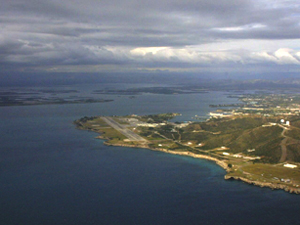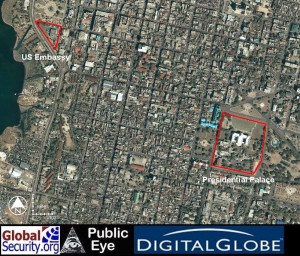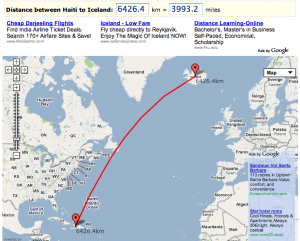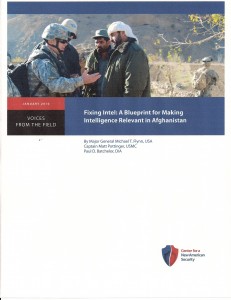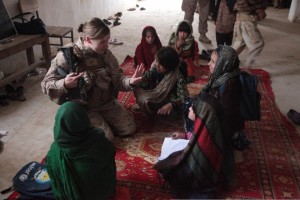With the Military in Haiti: Breaking the Supply Logjam
…after dozens of U.S. military helicopters began arriving in force Friday, using the aircraft carrier USS Carl Vinson a few miles offshore as their base, the delivery of food, water and medical supplies got galvanized. “We're still running out of water faster then we can deliver it,” Marine Maj. Will Klumpp told me above the deafening roar of copter rotors. “But at least we feel like we've started to keep up with what the Haitians need now.”
TIME Magazine's Comprehensive HAITI Home Page
Hunger And Misery Amid Haiti Aid Logjam
The log jam at the airport has put the 82nd behind schedule. An 800-man battalion was supposed to be on the ground Friday but by yesterday there were only 240.
World leaders have pledged aid to rebuild earthquake-hit Haiti – but survivors are still waiting for food, water and medicine.
Five days after the 7.0 magnitude tremor killed up to 200,000 people, international rescue teams were continuing to find victims alive under the rubble in capital Port-au-Prince.
Hundreds of thousands of hungry Haitians desperately need help, but logistical logjams kept major relief from reaching them.
Beset by logistical challenges, Haiti relief presses on
WASHINGTON — With many nations vying to get urgent relief into horror-struck Haiti after the devastating earthquake, US officials acknowledged Saturday it was “critical” to better coordinate the massive influx of aid.
Though the aid operation was picking up steam, it was still not reaching many of the survivors desperately scrambling for badly-needed food and water four days after the quake believed to have killed tens of thousands.
Bringing the Military's Might to Aid Haiti
Water, water everywhere, and yesterday it finally got to people who need it.
Paratroopers from the 82nd Airborne landed on a hill where survivors had gathered. So often these days, the face of America is that of a soldier – in this case, Captain Jonathan Hartsock.
The log jam at the airport has put the 82nd behind schedule. An 800-man battalion was supposed to be on the ground Friday but by yesterday there were only 240.
The main port is a disaster area, and until a second one can be opened up at Cap-Haitien on the north shore, the American military is trying to move into Haiti through that single-runway airport.
Your search – 95th civil affairs brigade haiti – did not match any documents
Phi Beta Iota: This is a fascinating peace challenge that the WWII D-Day planners would have appreciated–the US does not appear to leveraging all of the instruments of national power, including Sea Bees, landing craft, combat bridge repair, etcetera.
See also: Journal: Haiti Rolling Update (Chronology with Links)

